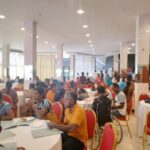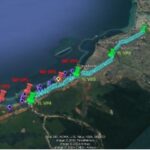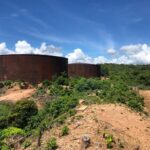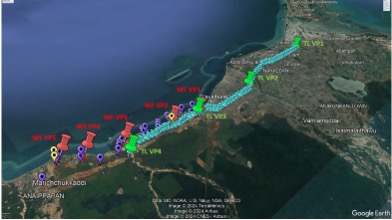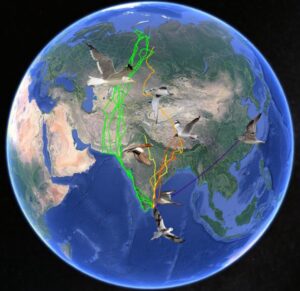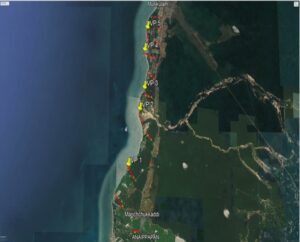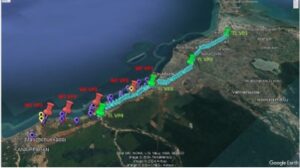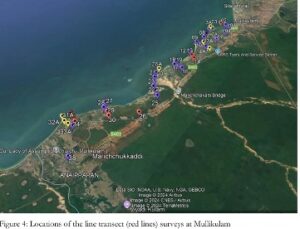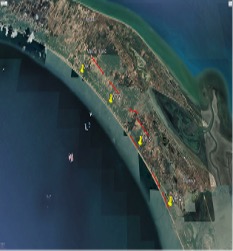Project Name: Avifaunal Impact Assessment for Proposed Wind Power Projects in the Mannar Region
Client: Ceylon Electricity Board (CEB)
Funding Source: Government of Sri Lanka
Project Period: April 2023 – February 2025
- Objective:
To conduct a comprehensive one-year avifaunal study to assess the potential ecological impacts of proposed wind power developments in Mannar, with a specific focus on migratory birds under the Central Asian Flyway (CAF). The study aimed to identify critical habitats, evaluate potential risks to bird and bat populations from wind turbines and transmission lines, and recommend effective mitigation measures. The findings support scientifically informed and environmentally responsible decision-making for wind energy development in this ecologically sensitive region.
Description of the Project:
This assignment supported the Environmental Impact Assessment (EIA) process for two proposed wind power developments in the Mannar region—an area of international importance for migratory birds.
1. Mullikulam Wind Farm and Grid Connecting Transmission Line (Mainland Mannar):
Installation of 34 wind turbines
Construction of a new collector substation near Kal Aaru
Installation of collector cables linking turbines to the substation
Construction of a 29 km, 220 kV transmission line connecting to the Puthukamam Grid Substation
2. Mannar Wind Power Project – Phase I Extension (Mannar Island):
Addition of 21 wind turbines to the existing Thambapavani Wind Farm
Installation of collector cables to link turbines to the Nadukkuda collector substation
Use of the existing 220 kV transmission line for grid connection
Study Area Coverage:
Wind farm corridors and a 500-meter surrounding buffer zone
The entire route of the proposed transmission line
This study enabled the successful continuation and approval of the EIA process, ensuring that wind energy expansion aligns with global conservation commitments.

